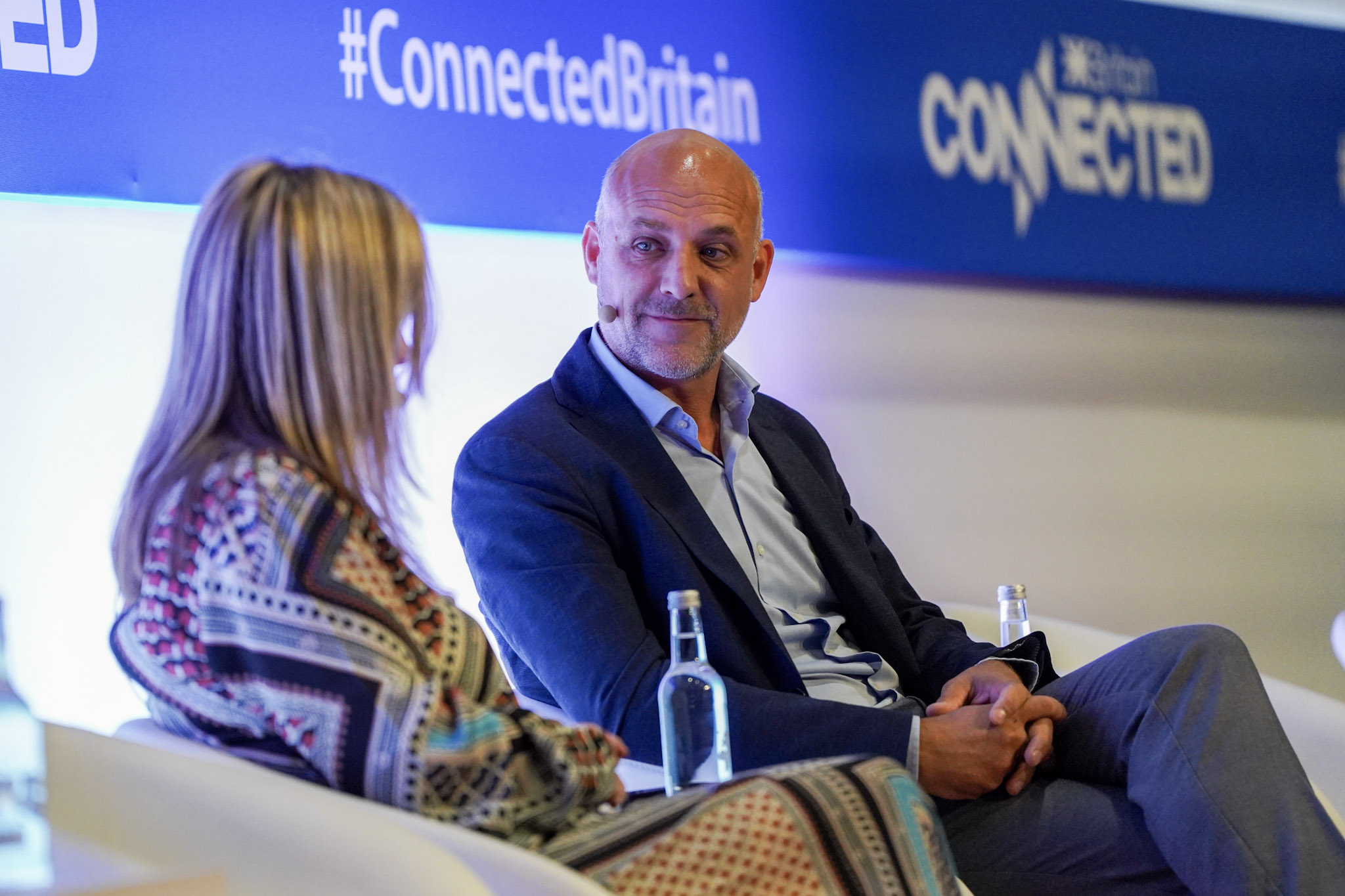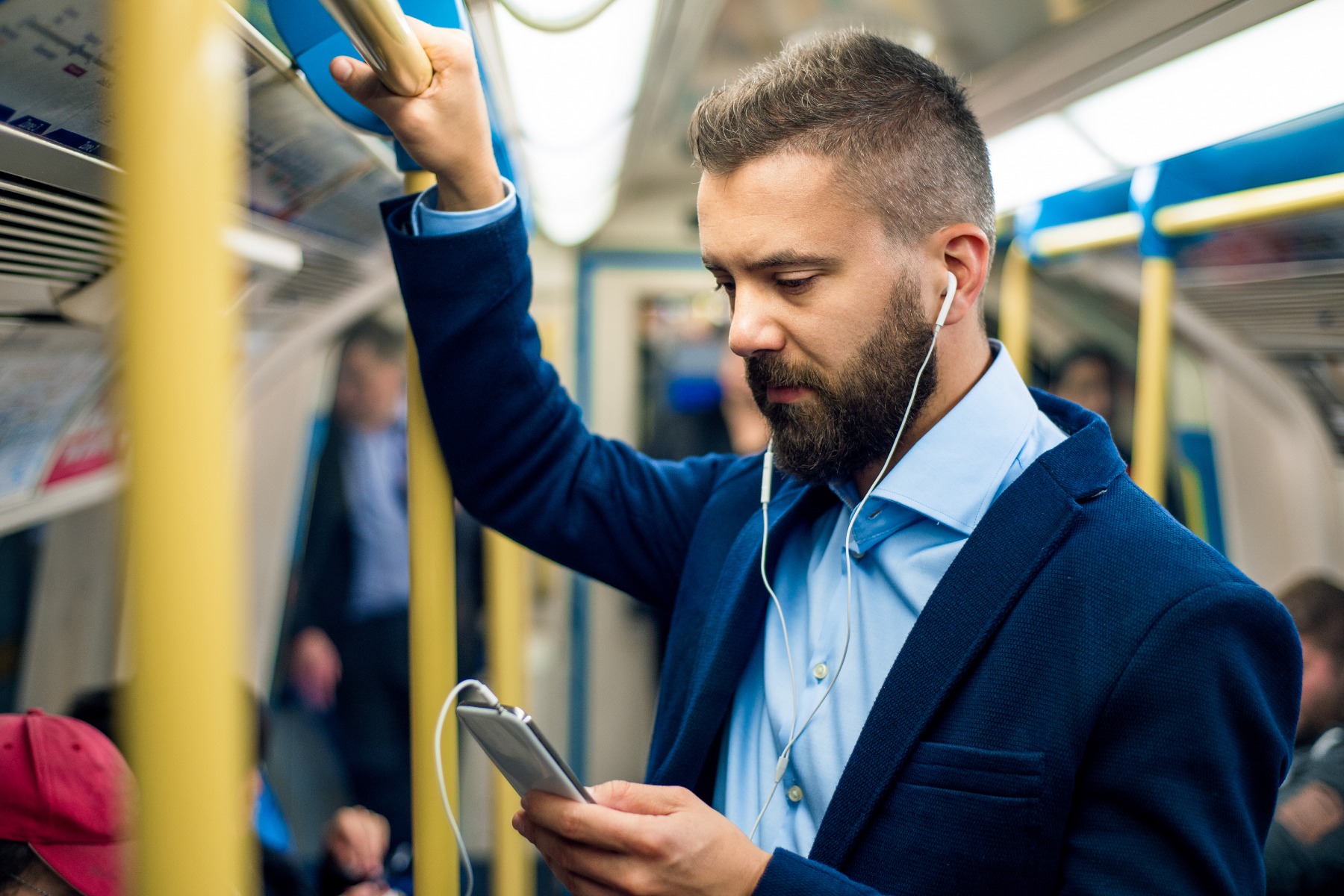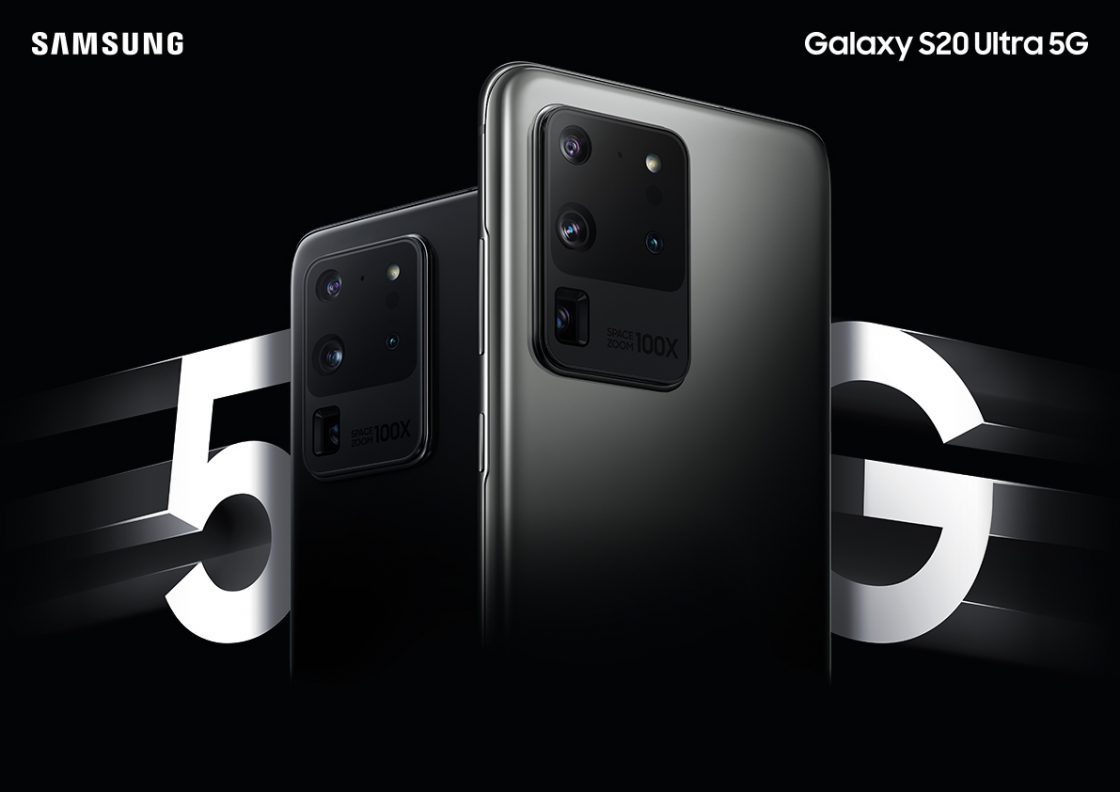
The Samsung Galaxy S20 is more than just a single device, it’s an entire range of state-of-the-art Android smartphones. We give you the lowdown.
Samsung has launched its keenly anticipated S20 range, available for pre-order from Vodafone UK.
But which one should you choose?
The decision can seem daunting given the seemingly minute differences between the various models. But it’s all far less complicated than you think.
There are three models in the new S20 range:
- the 6.9in S20 Ultra 5G
- the 6.7in S20+ 5G
- the 6.2in S20.
With the partial exception of the S20, which is also available in a 4G-only version, all of these large-screened beauties come equipped with 5G as standard, so they’ll work on Vodafone’e ever-growing 5G network as well as its benchmark-topping 4G network.
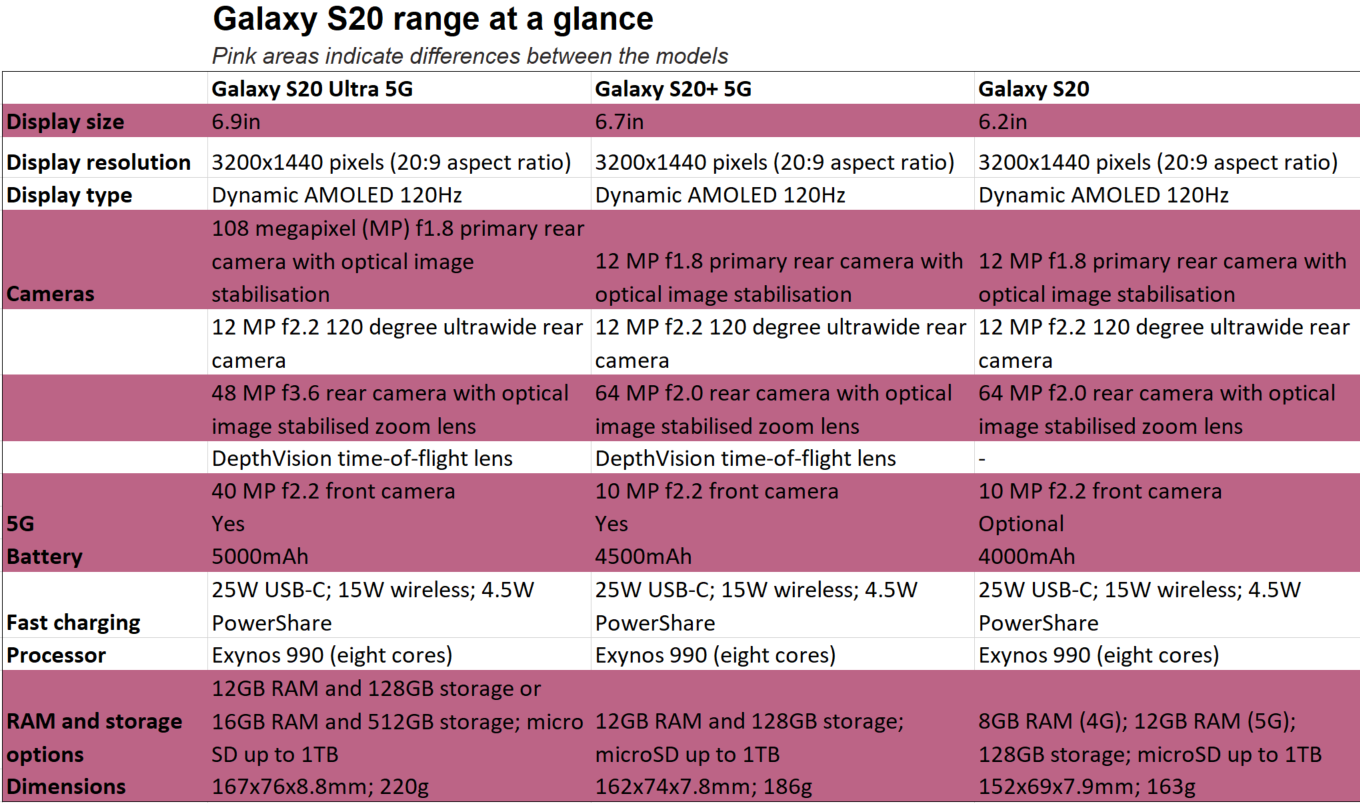
What are the differences between the S20 Ultra, S20+ and S20?
Where the S20 phones differ is in their screen size and cameras, which has a knock-on effect on other aspects of their design, such as their dimensions, weight and battery size.
It sounds obvious, but the 6.9in S20 Ultra 5G is bigger and heavier than the 6.7in S20+ 5G, which in turn is chonkier than the 6.2in S20. The biggest weight difference is between the S20 Ultra and S20+ at a hefty 34g.
Much of that weight difference is due to the battery. The bigger and heavier the model, the more capacious the battery. That doesn’t necessarily mean the S20 5G Ultra’s battery will last longer than, say, the S20+’s. After all, bigger screens need more power. Plus, overall battery life depends on a host of factors – the most important of which is what you use your smartphone for. Playing multiple Fortnite matches and bingeing boxsets on NowTV, for example, will need more battery power than merely checking your email every now and again.
While most of the S20 phones have a main 12 megapixel (MP) rear camera, the Galaxy S20 Ultra 5G has a seriously impressive 108MP rear camera instead. That doesn’t mean all your photos will weigh in at such a high resolution though, if only because their heaving file size would consume a huge amount of storage.
The S20 Ultra’s rear camera uses all those megapixels far more intelligently. When taking shots in challengingly low-light conditions, it can combine multiple pixels into one. Although the resulting photo won’t clock in at 108MP, the details will be sharper and more detailed than they would’ve been otherwise.
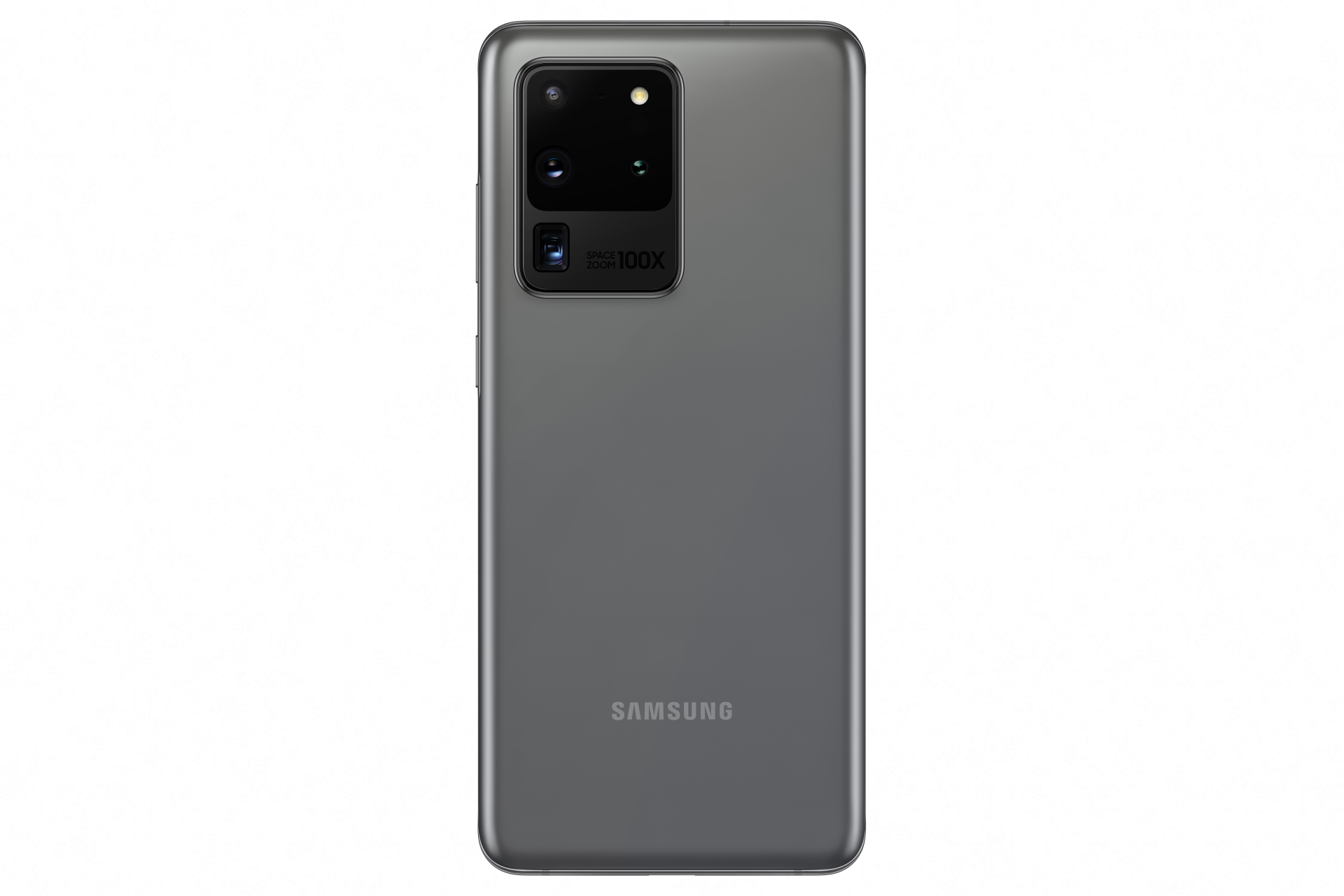
The S20 Ultra 5G also differs from its stablemates in having a 48MP 10x zoom rear camera. When combined with Samsung’s software optimisations, it can produce shots with the equivalent of 100x zoom. The other S20s use the same software trick with their 3x zoom cameras to produce shots with the equivalent of 30x zoom. Samsung calls this feature Space Zoom.
The S20 Ultra 5G differs in its front-facing camera, too. It has a 40MP selfie camera, while the other S20 phones make do with 10MP selfie cameras instead.
The last major difference between the various S20 phones is the choice of available colours. The S20 Ultra 5G is available in either grey or black. The S20+ 5G is available in grey, black or blue. The S20 is unique in having a pink option as well as blue or grey.
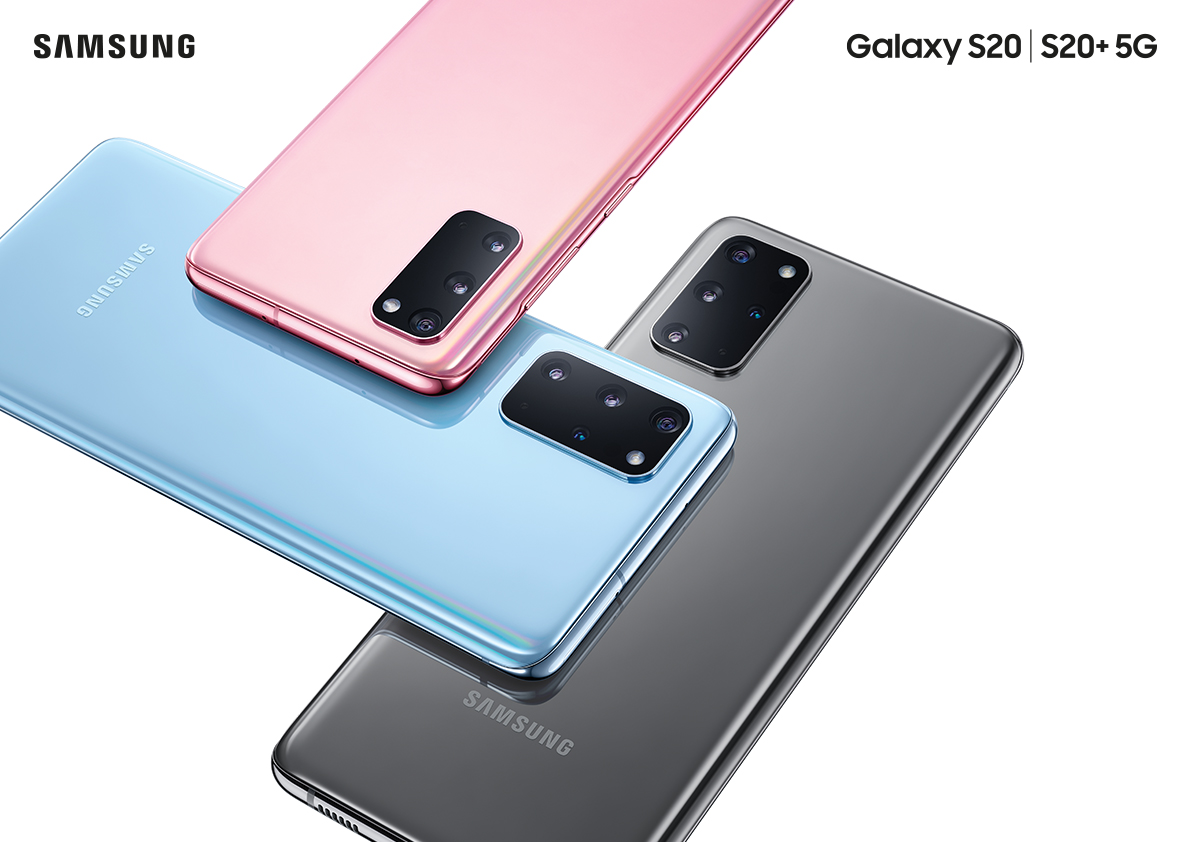
What do the S20 Ultra, S20+ and S20 have in common?
Despite their differing screen sizes, all the S20 phones have the same screen resolution of 3200×1400 pixels – that’s more detailed than the HD TVs most of us have in our homes.
They also share the same 120 hertz (Hz) refresh rate, compared to the 60Hz of the S10 range. 120Hz enables the smoothest possible on-screen motion, whether you’re watching slow-motion videos, playing frenetically fast-paced games or scrolling rapidly through lengthy PDFs and webpages.
A few Android phones from other manufacturers, as well all iPad Pros since 2017, have had screens with similarly high refresh rates. But Samsung is by far the most well-known and most prolific phone manufacturer to adopt the technology.
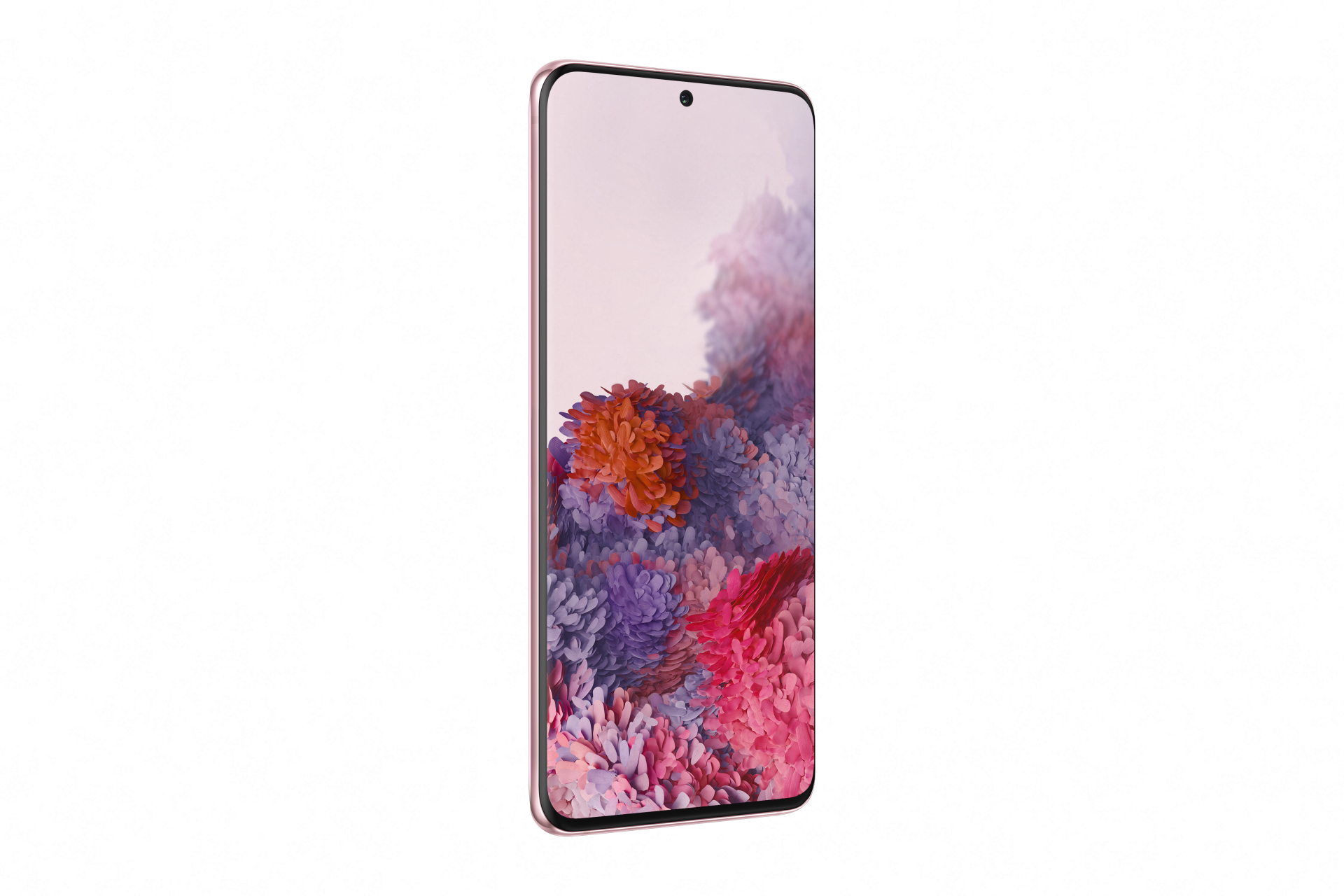
All of the S20 phones also share the same eight-core Samsung Exynos 990 processor (S20 phones in some countries outside Europe will have a Qualcomm processor instead). Each one of those eight cores is almost like a separate processor in and of itself. But unlike a multi-core processor in a PC or laptop, all eight cores won’t ever be in use at the same time. Two of those cores are designed for highly strenuous tasks, such as Virtual Reality and Augmented Reality. The next two are designed to handle somewhat demanding tasks, such as crunching large spreadsheets.
The remaining four cores are designed to handle less intensive tasks, such as sending email and text messages. Those four cores are slower, but they also consume less battery than the other cores. The S20 phones will automatically choose the right set of cores for the job at hand, giving you the best balance between performance and battery life.
Despite the differences in their camera specifications, all the S20 phones can record video in resolutions up to 8K and then extract individual frames as 33MP photos. Samsung calls this feature Single Take.
Want to pre-order your Samsung Galaxy S20 from Vodafone UK?
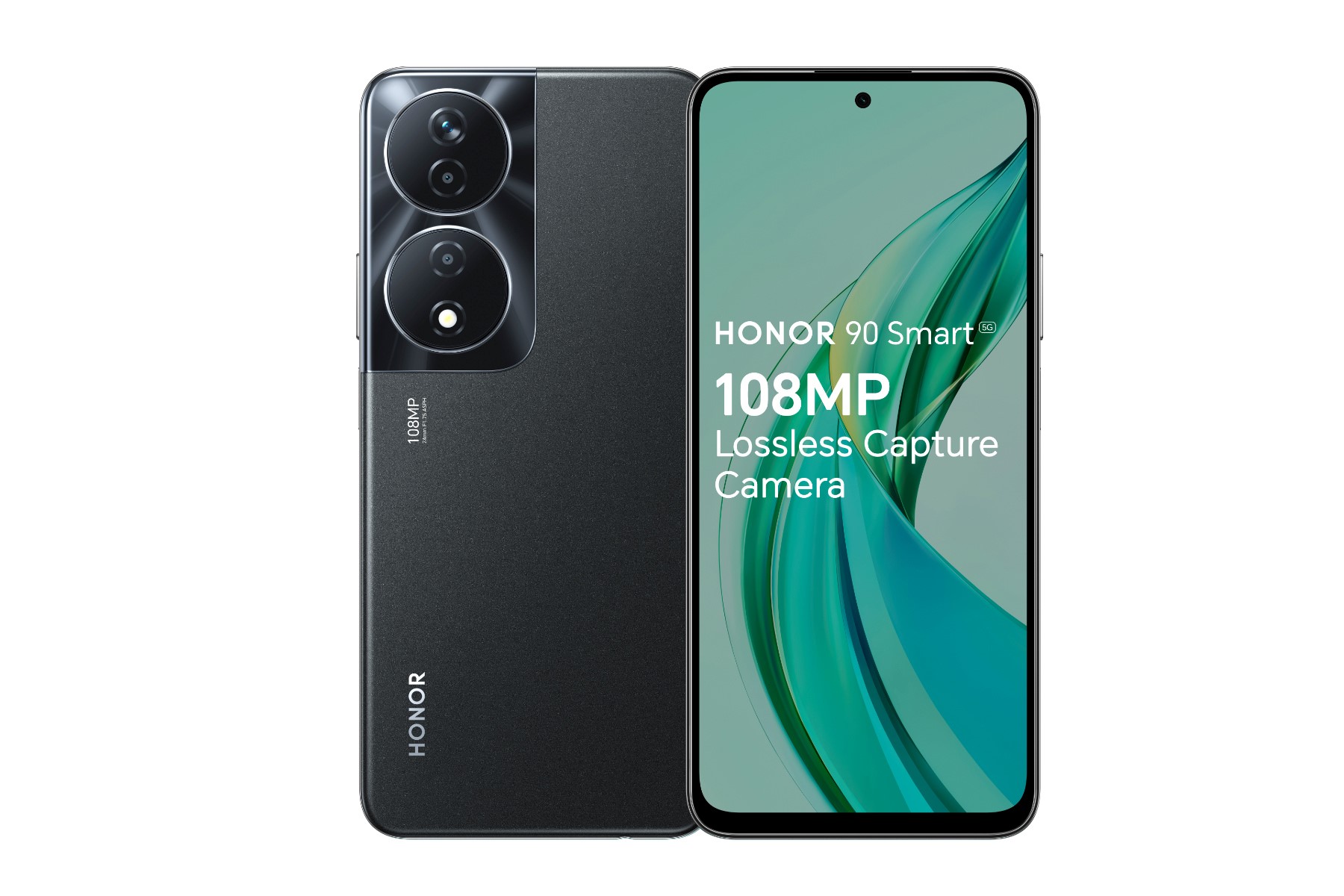
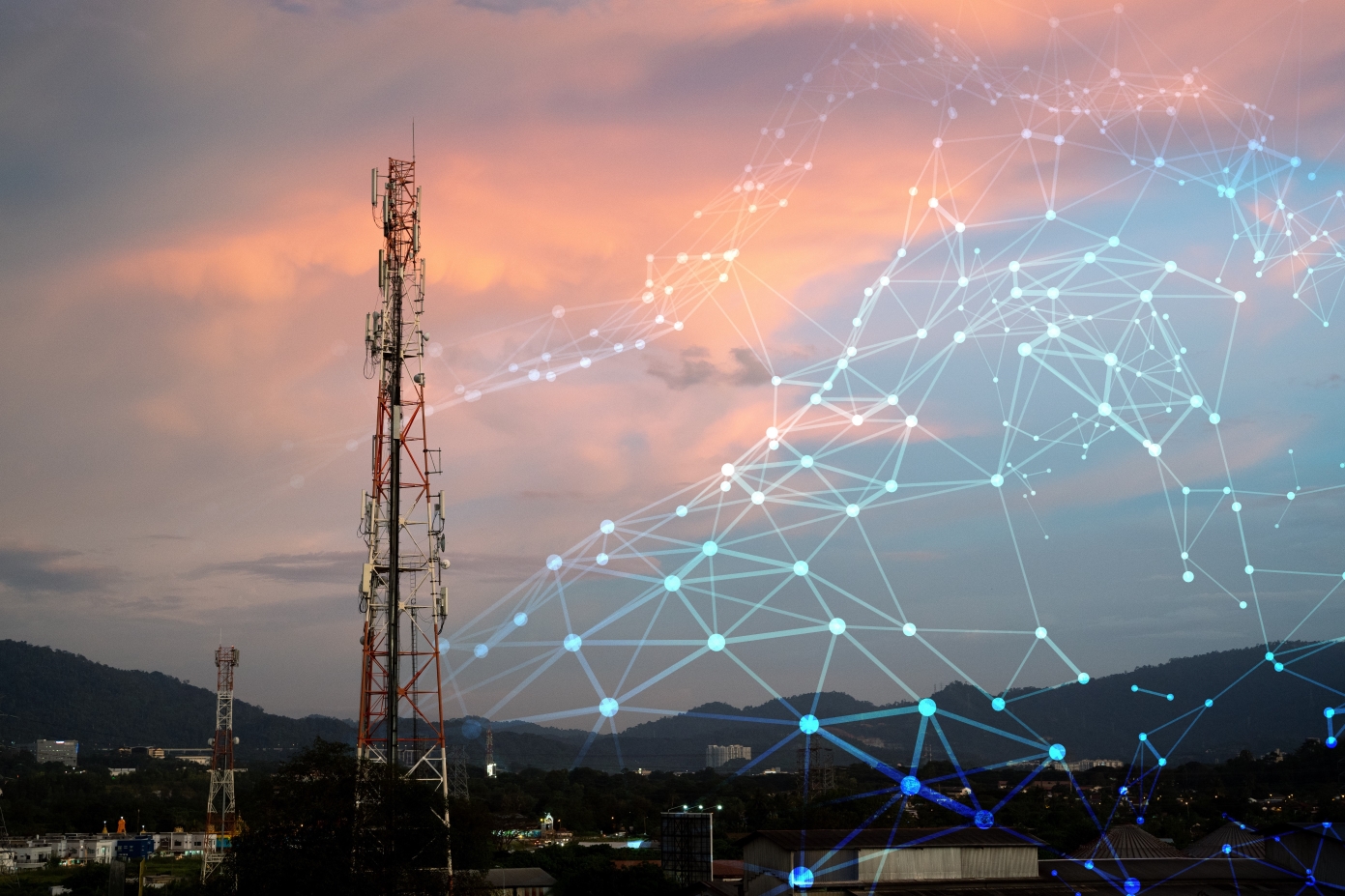
![pick and mix sweets assortment with scoops [Adobe Stock] stock photo of sweets at a pick and mix confectionary stand](https://www.vodafone.co.uk/newscentre/app/uploads/2024/02/pick-and-mix-sweets-assortment-with-scoops-Adobe-Stock.jpg)
